APOBEC3B regulates R-loops and promotes transcription-associated mutagenesis in cancer
- PMID: 37735199
- PMCID: PMC10562255
- DOI: 10.1038/s41588-023-01504-w
APOBEC3B regulates R-loops and promotes transcription-associated mutagenesis in cancer
Abstract
The single-stranded DNA cytosine-to-uracil deaminase APOBEC3B is an antiviral protein implicated in cancer. However, its substrates in cells are not fully delineated. Here APOBEC3B proteomics reveal interactions with a surprising number of R-loop factors. Biochemical experiments show APOBEC3B binding to R-loops in cells and in vitro. Genetic experiments demonstrate R-loop increases in cells lacking APOBEC3B and decreases in cells overexpressing APOBEC3B. Genome-wide analyses show major changes in the overall landscape of physiological and stimulus-induced R-loops with thousands of differentially altered regions, as well as binding of APOBEC3B to many of these sites. APOBEC3 mutagenesis impacts genes overexpressed in tumors and splice factor mutant tumors preferentially, and APOBEC3-attributed kataegis are enriched in RTCW motifs consistent with APOBEC3B deamination. Taken together with the fact that APOBEC3B binds single-stranded DNA and RNA and preferentially deaminates DNA, these results support a mechanism in which APOBEC3B regulates R-loops and contributes to R-loop mutagenesis in cancer.
© 2023. The Author(s).
Conflict of interest statement
The authors declare no competing interests.
Figures


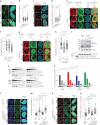

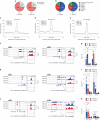
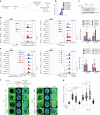
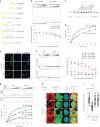
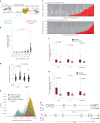
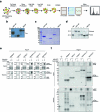


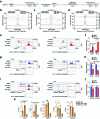

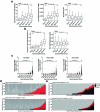

References
Publication types
MeSH terms
Substances
Grants and funding
- R01 CA250905/CA/NCI NIH HHS/United States
- R01 CA198279/CA/NCI NIH HHS/United States
- R37 AI064046/AI/NIAID NIH HHS/United States
- K99 AI147811/AI/NIAID NIH HHS/United States
- CRUK DF-0119/CRUK_/Cancer Research UK/United Kingdom
- WT210641/Z/18/Z/WT_/Wellcome Trust/United Kingdom
- F31 CA243306/CA/NCI NIH HHS/United States
- WT_/Wellcome Trust/United Kingdom
- R01 CA201268/CA/NCI NIH HHS/United States
- 812337/HHMI/Howard Hughes Medical Institute/United States
- 203141/Z/16/Z/WT_/Wellcome Trust/United Kingdom
- T32 CA009138/CA/NCI NIH HHS/United States
- R00 AI147811/AI/NIAID NIH HHS/United States
- P01 CA234228/CA/NCI NIH HHS/United States
- R01 ES030993/ES/NIEHS NIH HHS/United States
- R01 ES032547/ES/NIEHS NIH HHS/United States
LinkOut - more resources
Full Text Sources
Medical
Molecular Biology Databases

